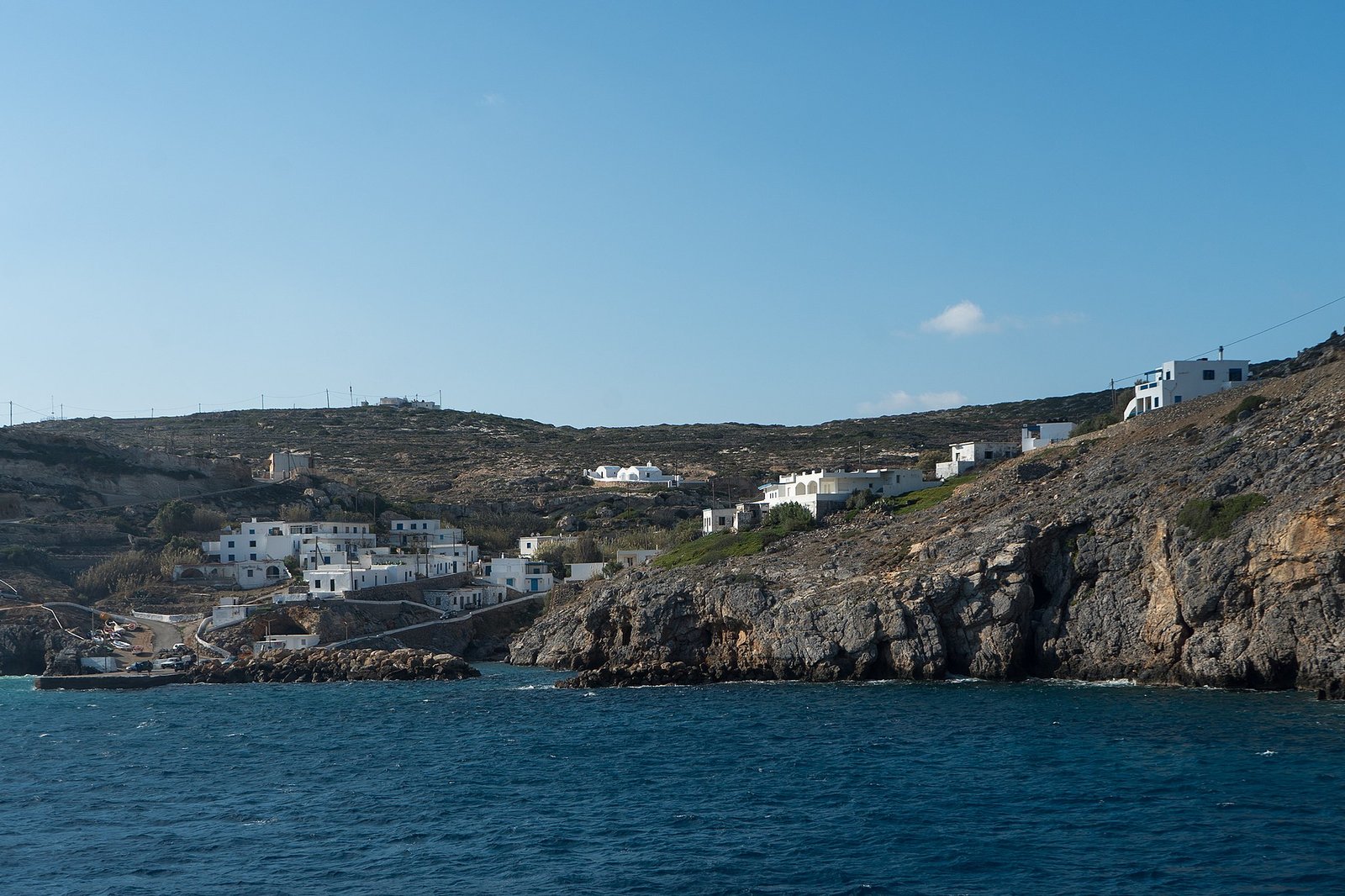Antikythira is a small, remote island located between Crete and Kythira. It covers about 20 square kilometers and offers a unique mix of nature, history, and seclusion. Although few people live on the island, it remains rich in character and natural charm.
The main village, Potamos, sits on the northern coast. It functions as the island’s center for daily life. Visitors can find a post office, a mini market, and a few traditional tavernas there. Additionally, the local architecture reflects the island’s heritage. Stone houses, narrow alleys, and terraced hills create a timeless setting.
To reach Antikythira, travelers must take a ferry. Routes connect the island to Kissamos (Crete), Neapoli, Gythio (Peloponnese), and occasionally Piraeus. Although the ferry schedule remains limited, the trip offers beautiful sea views and a peaceful start to the journey.
Once on the island, walking remains the main way to explore. Cars are few, and public transport does not operate regularly. Accommodation is simple but sufficient. A few guesthouses in Potamos offer basic rooms, often with sea views. Local tavernas serve fresh seafood, grilled meats, and seasonal vegetables.
Antikythira gained global attention in 1900. At that time, sponge divers discovered a shipwreck off its coast. Among the finds, they recovered the Antikythira Mechanism. This ancient device tracked planetary movements and eclipses. It now sits in the National Archaeological Museum in Athens.
For beach lovers, the island offers small, peaceful coves. Xeropotamos Beach features clear water and soft pebbles. Kamarela Beach includes sea caves and tall rocks that rise from the water. Although these beaches lack services, their natural beauty makes up for it. Bringing water and snacks is essential.
The best time to visit is from May through September. During these months, the sea stays calm, the weather feels pleasant, and ferry services run more frequently.



Comment (0)